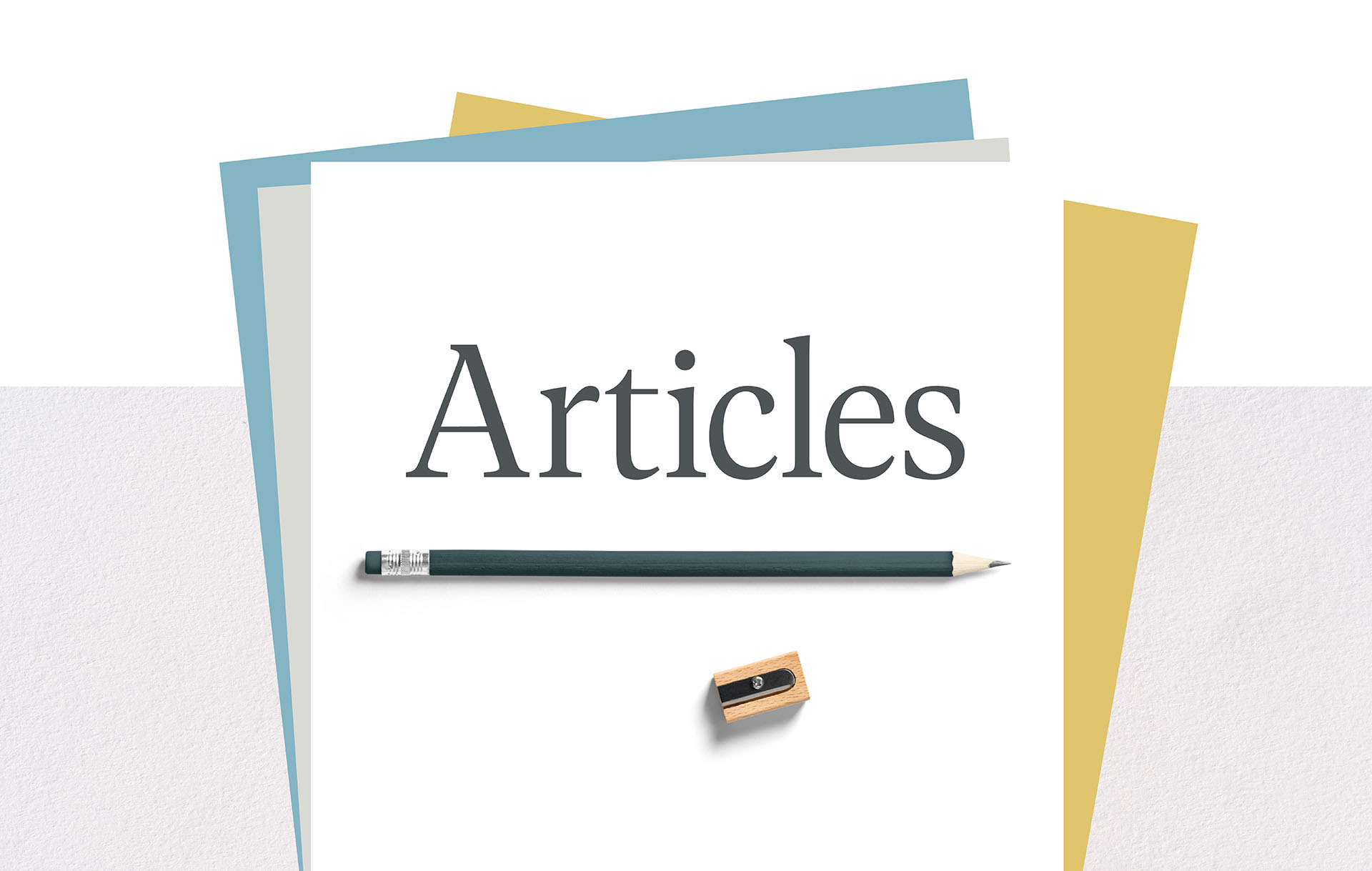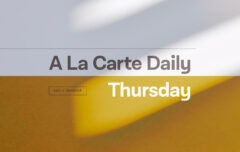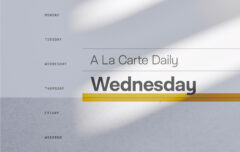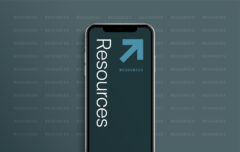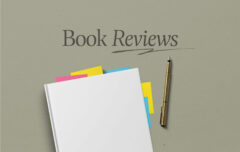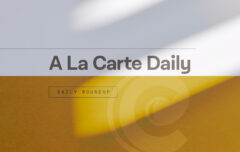About a year ago I wrote a review of Amazon’s Kindle reading device. At the time, I loved it. That was then. A couple of months ago I traded my Kindle to a friend for a stack of old-fashioned ink-on-paper commentaries. This is now. I think I made a good trade. He is enjoying the Kindle and I am enjoying the commentaries. Win-win. Something changed between then and now–I came to see that all of the things that frustrated me about the Kindle were things that made it not like a book. It’s book-like qualities were it’s best qualities; it’s non-book-like qualities were the ones that got to me. All of the things that annoyed me were the things that made the experience more like operating a computer and less like reading a book. Pages took too long to turn; I could not splash yellow highlighter on the pages; I could not skim through the book looking quickly for a word or phrase or note; I could not scrawl notes in the margins. Sure, there were a few advantages–the notes I did take (saved in a text file on the Kindle) could be exported to my computer simply by plugging in a USB cable; books were less expensive and instantly added to my collection; hundreds of classics were available for free. But overall, the Kindle experience paled in comparison to the happy, familiar, comforting experience of sitting down with a book. Everything I wanted the Kindle to do, a book could do better.
Books are the perfect technology. I’m convinced of it. This is why the Kindle experience failed me–it was an attempt to make the book better. And this is impossible to do. There is no technology more perfectly suited to its purpose than this one. In comparison to the book, any e-reader falters and fails.
Consider: I can take a book from my shelf–I have 1,000 or 1,500 within six feet of me, and it is immediately on and ready to go. There is no waiting for it to boot up and no questions about its compatibility or obsolescence. I open the book and it immediately does what it was created to do, without first needing an 8-hour charge of its battery. I can store within that book a full history of my interaction with it not fearing that this will be lost when a hard drive crashes or when my hardware becomes obsolete. I can see every note, every highlight I’ve ever done. I can see how I interacted with that book–the parts of the book that brought me delight and the parts that brought me to despair. The pages turn instantly and are numbered for easy reference. When I have completed the book, I can put it back on my shelf or I can lend it to another person so he, too, can read it and, if he so desires, see how I have interacted with it. Despite being printed on dead trees, there is a living quality to books that is lost on e-readers.
Though the words in each may be the same, there is more to a book than its words. A book is an experience, and the experience includes the media through which we consume those words. Reading a book printed on paper, reading a book on a reading device and listening to a recording of a book are, at least in some way, different experiences.
Since the launch and overwhelming success of the Kindle, much ink has been spilled (scratch that and replace it with “many pixels have been lit”) discussing the future of the book. For the first time, people are now turning in large numbers to a device that allows them to read books on a gizmo that is not made of dead trees (though, ironically, the manuals telling how to use said device are still printed on dead trees). With the iPod and iPhone becoming increasingly positioned as reading devices, the chorus swells. There are hundreds of books and articles struggling to understand what it means for the word to transition from print to bits, from paper to screens. The consequences, I am convinced, are profound and I think we are prone to underestimate them.
As for me? Well, I am sure I’ll take another stab at an e-reader at some point in the future; it’s probably inevitable. But I would be awfully surprised if I ever allow such a device to become a substitute for all the ink and paper surrounding me on all sides here in my office. Unless the e-book can become more perfect than an already perfect technology, I’m going to stick with paper.
